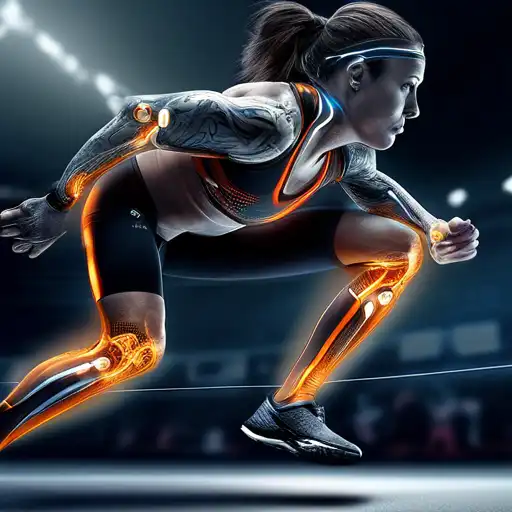Introduction to Wearable Tech in Sports
In the realm of competitive sports and personal fitness, wearable technology has emerged as a game-changer. These innovative devices are designed to monitor, analyze, and enhance athletic performance, offering insights that were once beyond reach. From tracking heart rate to measuring sleep quality, wearable tech provides athletes with the data needed to push their limits.
Key Features of Wearable Tech for Athletes
Modern wearable devices come packed with features tailored for athletes. Here are some of the most impactful:
- Heart Rate Monitoring: Essential for optimizing training intensity and recovery.
- GPS Tracking: Allows athletes to measure distance, speed, and route in real-time.
- Sleep Analysis: Quality sleep is crucial for recovery, and wearable tech helps track it.
- Activity Tracking: Monitors steps, calories burned, and active minutes throughout the day.
Benefits of Integrating Wearable Tech into Training
The integration of wearable technology into athletic training offers numerous benefits. It enables personalized training programs based on real-time data, reduces the risk of injury by monitoring overexertion, and enhances recovery by tracking sleep and rest periods. Moreover, it fosters motivation by setting achievable goals and tracking progress.
Top Wearable Tech Devices for Athletes in 2023
With the market flooded with options, here are some standout devices that have revolutionized athletic performance:
- Smartwatches: Devices like the Apple Watch and Garmin Forerunner series offer comprehensive fitness tracking.
- Fitness Bands: Fitbit and Xiaomi Mi Band provide essential fitness metrics at an affordable price.
- Smart Clothing: Garments embedded with sensors to monitor muscle activity and posture.
- GPS Sports Watches: Specialized for runners and cyclists, offering detailed route and performance analytics.
How to Choose the Right Wearable Tech for Your Needs
Selecting the right wearable tech depends on your specific athletic needs and goals. Consider factors such as the type of sport, desired features, battery life, and compatibility with other devices. It's also important to choose a device that fits comfortably and suits your lifestyle.
The Future of Wearable Tech in Sports
The future of wearable technology in sports looks promising, with advancements in AI and machine learning paving the way for even more sophisticated devices. We can expect gadgets that offer more accurate health metrics, predictive analytics for injury prevention, and even more seamless integration with other tech ecosystems.
Wearable technology is not just about tracking; it's about enhancing athletic performance through data-driven insights. As these devices continue to evolve, they will undoubtedly become an indispensable part of an athlete's toolkit.
